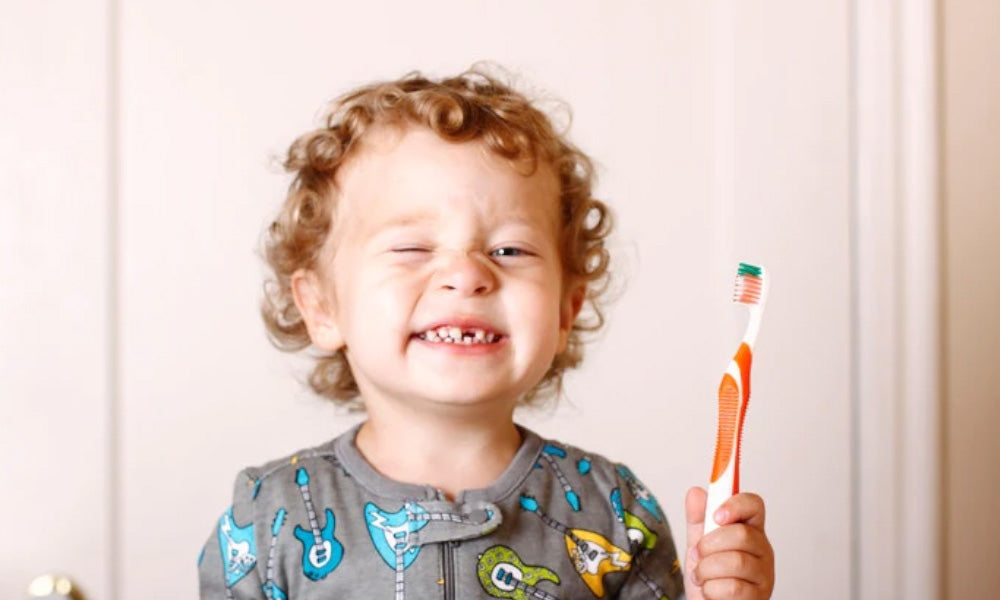Everyone now knows how important it is to teach children to identify their emotions and learn how to express them appropriately. Children who are able to regulate their emotions are happier and more successful in life.
It is widely accepted that breathing exercises are one of the most effective ways to help both kids and adults calm down. Breathing is frequently used in health settings to reduce stress and anxiety. But telling your child to “take a deep breath” in the midst of a meltdown is unlikely to calm him down because most children don’t know “how to take a deep breath.” Teaching kids to use visual breathing exercises can help them learn to use breath effectively.
Three breathing exercises that work with kids
Belly breathing
Belly breathing (also known as deep breathing, abdominal breathing, or diaphragmatic breathing) has been proven to be highly effective both as a calm-down strategy and for health reasons.
According to the Counseling Center of the University of Texas, belly breathing “is a way of interrupting the ‘fight or flight’ response and triggering the body’s normal relaxation response.”
How to make belly breathing work with your child:
- Ask your child to lie on his back.
- Ask him to close his eyes and breathe normally while paying attention to all the parts of his body that move when he breathes.
- Ask him to place one hand on his upper chest and the other on his stomach.
- Tell your child to inhale through the nose and into his abdomen. The hand on his stomach should move upwards and the one on his chest should remain still.
- Tell him to inhale for a count of four, then hold it in for a count of four.
- Ask your child to exhale. Tell him to push out the air from his stomach. The hand placed on his stomach will move downwards.
- Repeat the exercise for five to 10 minutes or until your child feels relaxed.
Use feathers
Using feathers is an awesome way to teach your child to breathe.
- Collect different feathers. Feathers come in many colors and sizes so this can also be a fun activity for your child.
- Ask your child to choose one feather and hold it in her hand.
- Ask her to take in a deep breath. To help her learn about deep breathing, ask her to put her hand on her abdomen and tell her that when she breathes in, her breath will push her hand upwards. Tell her to inhale for a count of four, then hold her breath for a count of four.
- Ask her to exhale slowly through the nose. Tell her that the feather should flutter as she breathes out.
- Repeat the exercise for five to 10 minutes or until your child feels relaxed.
- An alternative way to use feathers is to have your child pick a feather and place in on a flat surface (for example, a table). When she breathes out, the feather should move across the table.
Use flowers
Flowers are a great way to teach kids about breathing and are an easy way to help your child practice regularly because they’re easily available.
- Ask your child to choose a flower.
- Tell him to breathe in through his nose for a count of four and smell the flower, then hold his breath for a count of four.
- Ask him to breathe out through the mouth.
- Repeat the exercise for five to 10 minutes or until your child feels relaxed.
- You can also tell your child to visualize an imaginary flower (“Imagine smelling your favorite flower”).
A few things should be kept in mind when teaching your child to use breathing as a calm-down strategy
- Practice during calm moments rather than when she’s upset.
- Learn to identify your child’s triggers so that you can propose breathing exercises before things get out of hand. It’s always easier to deal with strong emotions before they get too overwhelming.
- Practice by making use of nature. For example, make a habit of asking your children to stop and smell the flowers or to appreciate other things they like.
What breathing exercise works for your kids? Please let us know in the comments section.



